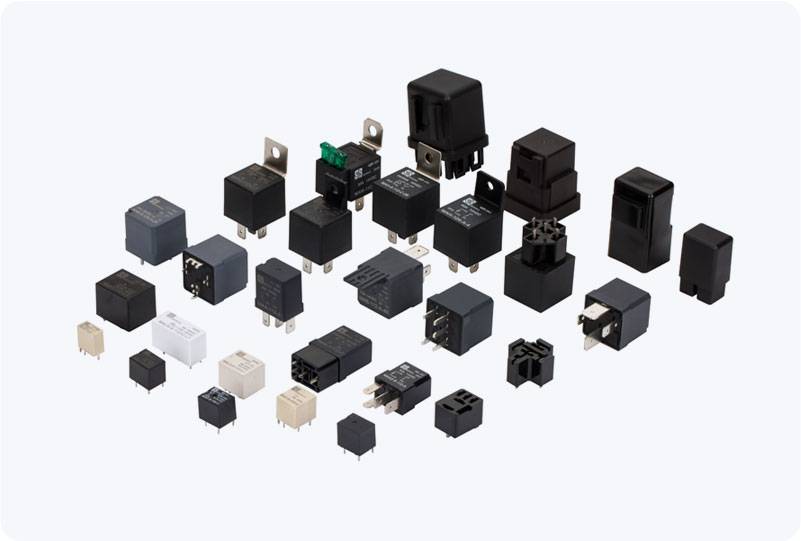A High Voltage DC Main Relay plays a pivotal role in the efficient and reliable operation of power systems that use direct current (DC) at high voltage levels. These relays are designed to manage the connection and disconnection of electrical circuits in systems where high voltage DC is utilized, ensuring safe and stable functioning of the equipment involved. Understanding the components, working principles, and applications of high voltage DC main relays is crucial for engineers and professionals involved in the design and maintenance of electrical power systems.

What is a High Voltage DC Main Relay? A High Voltage DC Main Relay is an electromechanical or solid-state device used for switching high voltage DC circuits. These relays can manage large currents in applications such as power transmission, industrial systems, electric vehicles, renewable energy installations (like solar power systems), and high-voltage testing equipment. The relay’s primary function is to provide a safe means of connecting or disconnecting high voltage DC circuits, thereby protecting the system from overcurrent, short circuits, and other potential faults. Key Components of High Voltage DC Main Relays